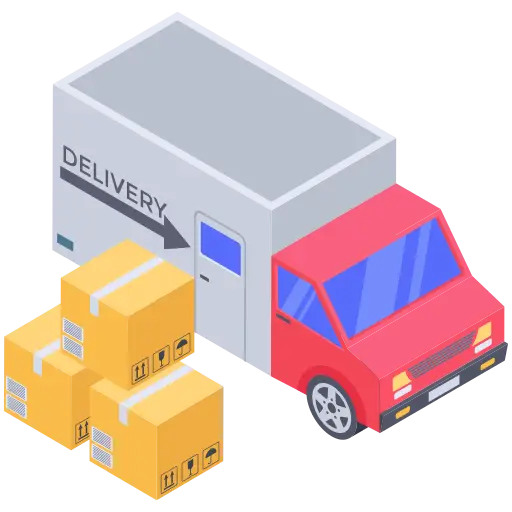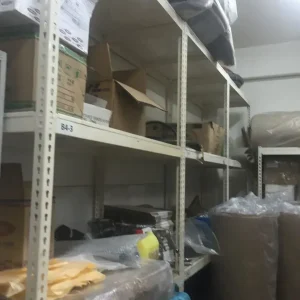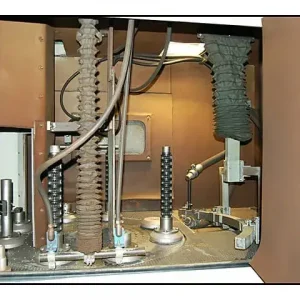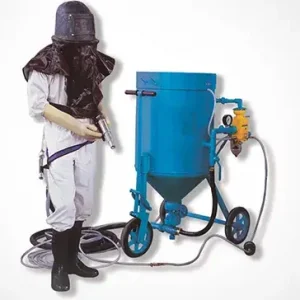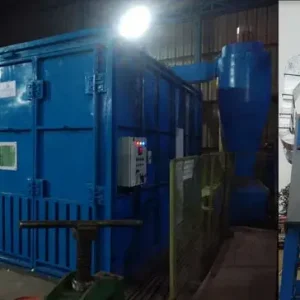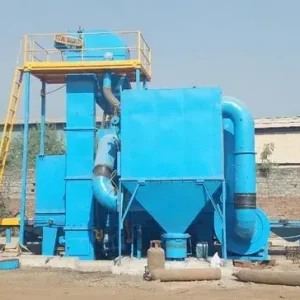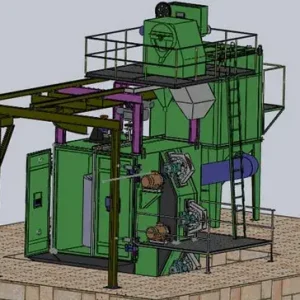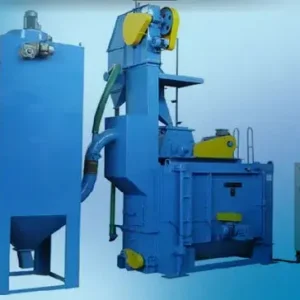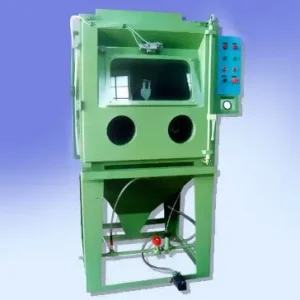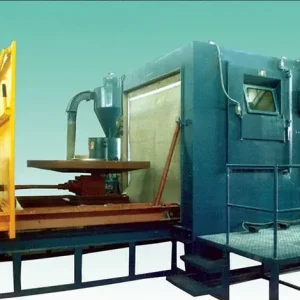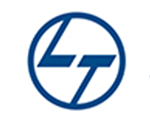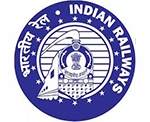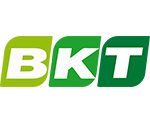In industries like automotive, construction, steel fabrication, and foundries, the quality of surface preparation plays a major role in determining how well coatings, paints, or treatments will perform. This is where shot blasting comes in. Beyond cleaning and preparing a surface, shot blasting also helps achieve specific surface finish grades that meet international standards.
If you are involved in manufacturing or metal finishing, understanding surface finish grades is crucial for ensuring product quality and durability.
What Is Surface Finish in Shot Blasting?
When a metal or concrete surface undergoes shot blasting, the abrasive media removes rust, scale, paint, or contaminants. At the same time, it creates a profile or texture on the surface. This texture is known as the surface finish or surface profile, and it directly affects how well paints, coatings, or adhesives will bond.
International Standards for Surface Finish Grades
Several standards define the required surface cleanliness and roughness achieved through shot blasting. The most widely recognized ones include:
1. ISO 8501 Standards (International)
Defines surface cleanliness grades such as:
- Sa 1 – Light Blast Cleaning: Removes loose rust and paint, but staining remains.
- Sa 2 – Commercial Blast Cleaning: Removes most rust and mill scale.
- Sa 2.5 – Very Thorough Blast Cleaning: Nearly all rust, scale, and paint are removed; only slight stains remain.
- Sa 3 – White Metal Blast Cleaning: Surface is completely clean, uniform, and free from visible contaminants.
2. SSPC/NACE Standards (USA)
These also classify surface preparation, similar to ISO, with terms like SP-6 (Commercial Blast) and SP-10 (Near-White Metal Blast).
How to Choose a Sand Blasting Machine for Your Workshop
Case Studies: Successful Projects by Shot Blasting Machine Manufacturers
How to Customize a Blast Room System for Your Facility
3. Surface Roughness (Rz or Ra Values)
Apart from visual cleanliness, the roughness of the blasted surface is measured in microns. This is crucial because coatings require a certain anchor profile for proper adhesion.
Why Do Surface Finish Grades Matter?
- Coating Adhesion – Higher-grade blasting improves paint and powder coating bond strength.
- Corrosion Protection – Cleaner surfaces reduce the risk of rust or oxidation beneath coatings.
- Quality Consistency – Meeting international finish grades ensures reliability and customer satisfaction.
- Industry Compliance – Many industries require specific blasting standards for safety and durability.
How Shot Blasting Achieves Different Finish Grades
- Abrasive Type: Steel shots, grits, or garnet can create different textures.
- Blast Pressure & Speed: Higher intensity achieves deeper cleaning and rougher profiles.
- Machine Type: Tumblast, hanger type, or table type machines deliver varying coverage.
- Cycle Time: Longer blasting duration results in cleaner, more uniform finishes.
Applications of Surface Finish Grades
- Automotive & Aerospace: Ensures proper adhesion of protective coatings.
- Construction Steel: Provides rust-free, strong surfaces for structures.
- Shipbuilding: Essential for anti-corrosion coatings on hulls.
- Foundries: Improves paint finish and fatigue resistance of castings.
Conclusion
Understanding surface finish grades in shot blasting is vital for industries where coating performance and durability matter. Whether you need a Sa 2.5 near-white finish for steel structures or a lighter Sa 1 cleaning for general work, the right finish grade ensures better performance, protection, and longevity.
At AeroWheel Surface Finishing, we provide shot blasting machines that meet international surface preparation standards, ensuring that your products achieve the exact finish grades required for your industry.

